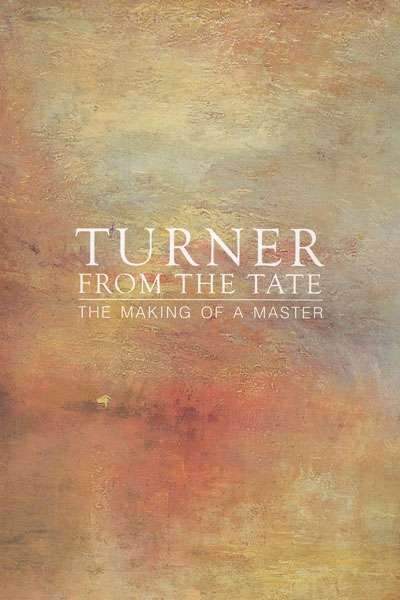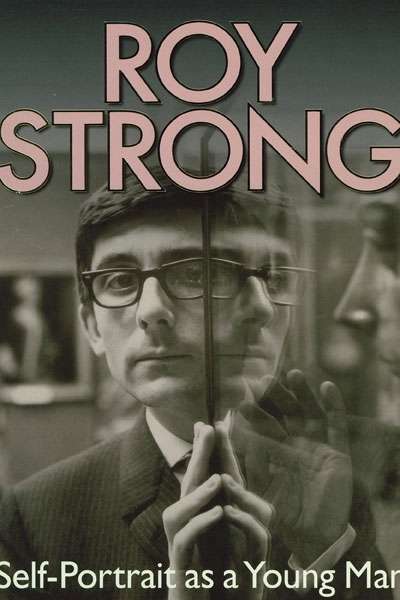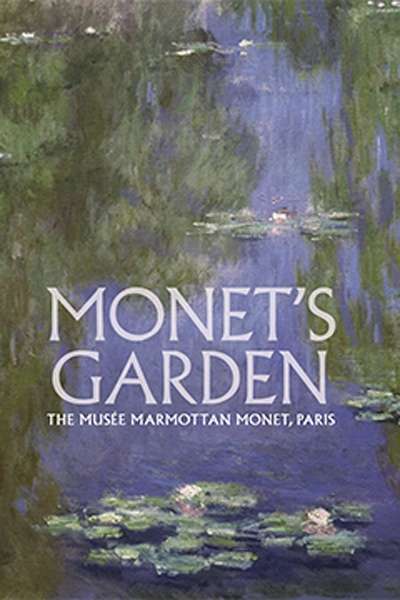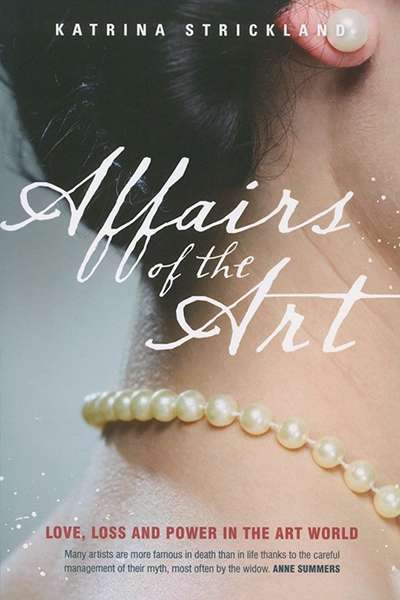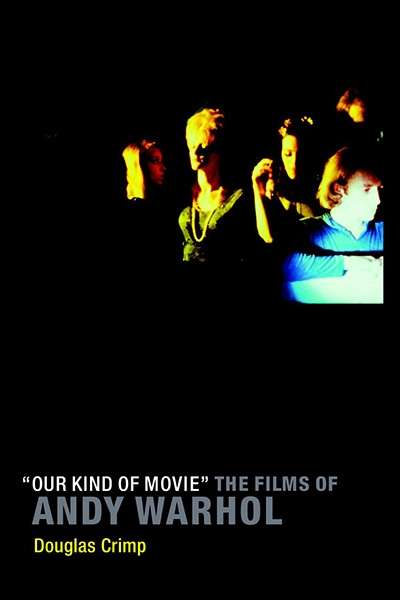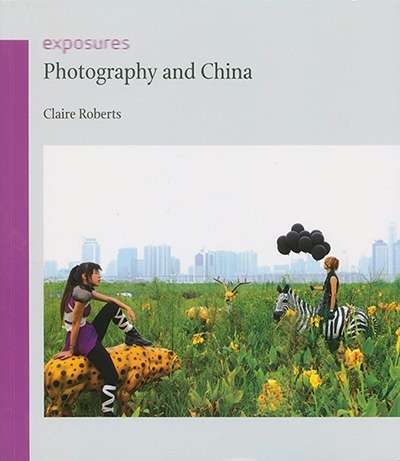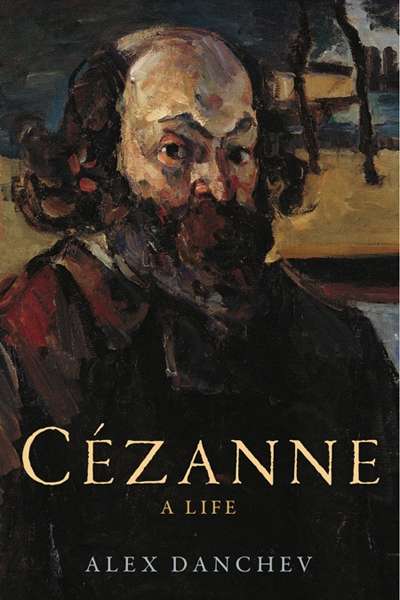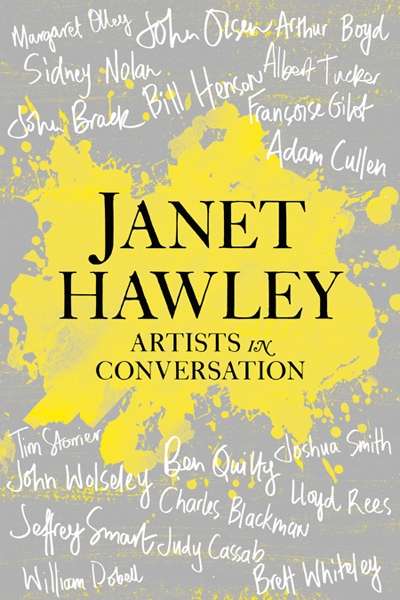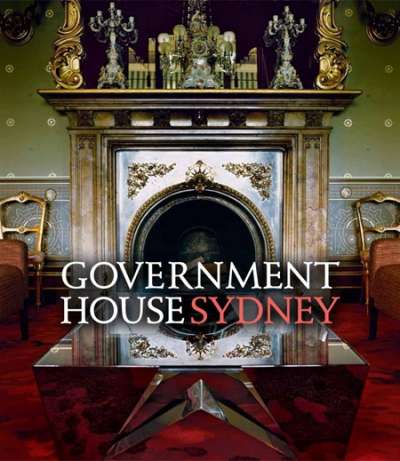What happens when a famous artist dies, leaving a wife, husband, or children to tend the flame? The question recurs in Ian Hamilton’s spellbinding Keepers of the Flame (1992), an account of a dozen literary estates over a period of three hundred years, and remains suspended in this journalistic assessment by Katrina Strickland of the management of Australian art estates in our own time.
I felt the strength of a widow’s commitment in 1992 when Maisie Drysdale gave me Hamilton’s book. At the time, I was procrastinating about writing a biography of her first husband, Peter Purves Smith. He had been dead more than forty years; Maisie had remarried in the 1960s and was now an old woman twice bereaved; but she had not forgotten. Through her deliberate gift she intimated that I shared the responsibility of shoring up her dead young husband’s reputation, warned me that she had a widow’s passion, and reassured me that she had taken Hamilton’s point (up to a point).
...
(read more)

